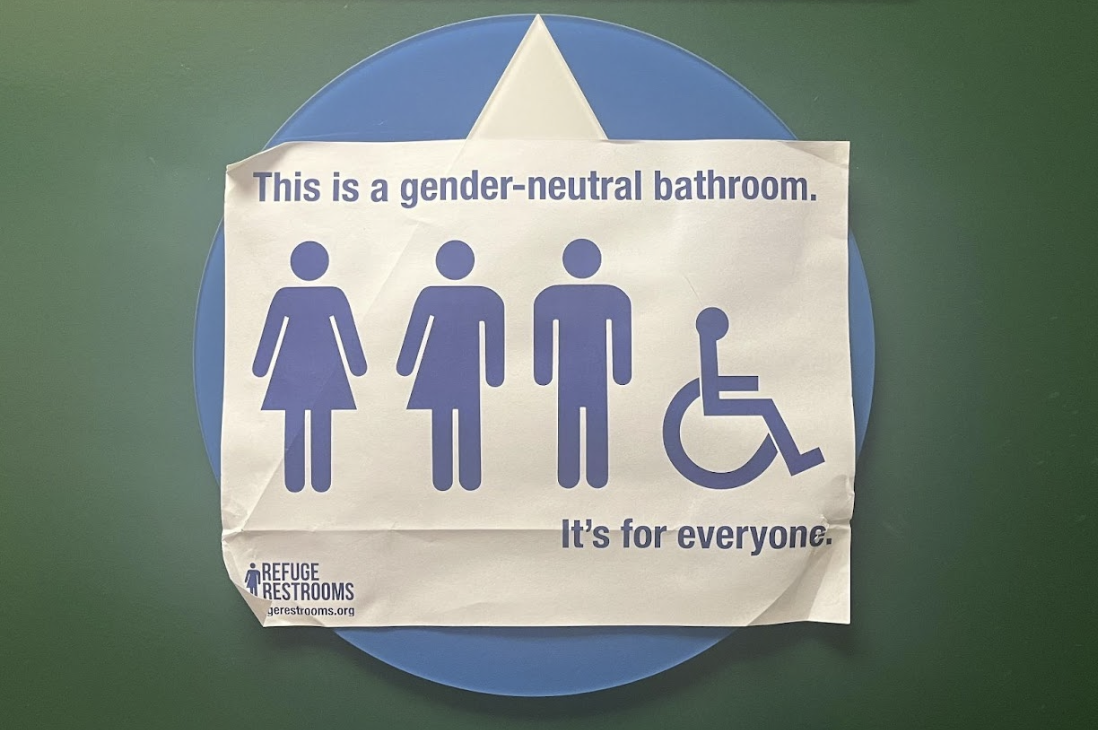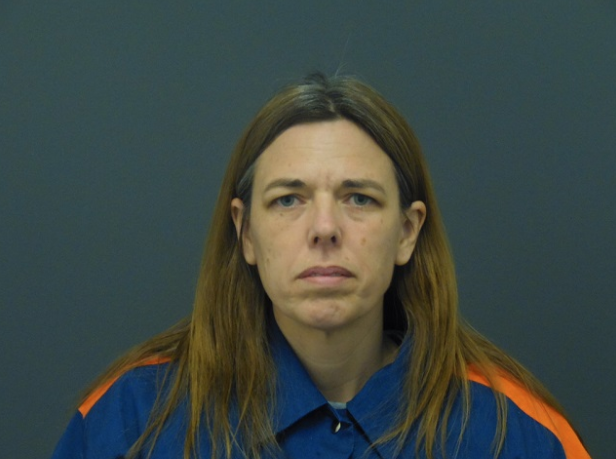
As large California cities have made major headlines in 2024 for homelessness, crime and drug issues, the government is attempting to repair the problem by fixing it from the source: the California housing crisis.
In 2023, the national homelessness rate grew 12.1 percent from the previous year, marking the highest jump in nearly 20 years. The state plans to implement affordable and low-income housing, but at the cost of opposition from community members. Affluent communities, such as Granite Bay, are wrestling with the implications of these new builds.
The term “Not in My Backyard,” or NIMBY, has been coined to describe those that oppose the development of large infrastructure near to them. According to the California Department of Housing and Community Development (HCD), 22 percent of the nation’s homeless population resides in California and most Californian renters spend more than 30 percent of their income toward their rent. Furthermore, according to the Cato Institute, California has an annual production rate of 80,000 homes, whereas projections anticipate that 180,000 homes are needed to keep up with the population’s needs. This disproportionate housing stress of the public, according to the government, justifies the push for more housing and more affordable housing.
“At the end of the day, wealthier people have more resources, both in money but also in social capital … They’re more likely to have direct relationships with people in power,” Shane Phillips, the University of California Los Angeles Housing Initiative Project Planner, said. “They also just they often have the freedom with a white collar job to show up to a meeting in the middle of the day, where someone in a working-class or blue-collar job just cannot get a day off on a 2 pm on a Tuesday off to show up to a council meeting or can’t spend a bunch of time there…A lot of people who are not wealthy and not retired just don’t have the time to dedicate to these kinds of things.”
As part of the HCD Development’s California Housing Future 2040 plan, the Regional Housing Needs Allocation (RHNA) process requires local-level governments to share their housing plans with higher levels of government to ensure a level of control over the increase of housing. The SB 9 plan enforces this agenda of increasing high-density housing, going hand in hand with RHNA.
“SB 9 is really more applicable to cities, in unincorporated urbanized areas, and in Placer County, we just don’t have a lot of that,” Kally Kadinger-Cecil, the Placer County Supervising Planner, said. “There are other considerations that the state’s putting forward, and one of those is through the regional housing needs allocation process, which is what (the county) went through with our rezone program, and part of that was demonstrating to the state that we have enough land available for lower-income developments.”
In the Placer County and Tahoe Basin area, the RHNA process requires the construction of approximately 7,854 units between 2020 and 2029, which is 927 units per year. Of that, 3409 units are reserved for low and very low-income families.
With a median household income of $170,000 (surpassing the national median by nearly $100,000), Granite Bay is known to be one of the most affluent areas in the Northern California Valley. The average home price is $1,337,500, according to December 2024 RedFin statistics, and so consequently the demographic of those living in the area may be affected.
“Affirmatively Furthering Fair Housing is essentially the idea that with the Fair Housing Act, we did a lot to reduce discrimination in the housing market against people of color, women and families, and other protected classes. But the other half of the Act was intended to undo the legacy of segregation. And you don’t actually undo that kind of thing by simply stopping discrimination,” Phillips said. “All you do then all that does is prevent it from getting worse. And so given that we had spent over 100 years building segregated communities, it was not going to go back to integrated communities just by now allowing Black people or Jewish house people to buy a home wherever they like.”
Many of the concerns residents in Granite Bay have expressed in the past revolve around the fear and stigma of those who are low-income. While this may be true, governmental figures within the town have a different approach.
“I think a lot of it is just dispelling myths or perceptions that people have around what is and is not low income. So I think it’s also important to reiterate to the community…that a low-income household in Placer County is a family of four with a median income of $80,000 a year. So when we’re talking about low income, it’s really important that we’re educating the public about what that really means,” Kedinger-Cecil said.
This debate over the “rich” and the “poor” continues to reflect the intricate balance between the small community mindset and those in favor of “for the greater good.” While state policies such as SB 9 and RHNA propose a solution to the housing crisis, affluent suburbs such as Granite Bay continue to challenge them with their suburban community values. What began as a zoning dispute quickly escalated into a discussion about values and morals. Ultimately, this question extends well beyond the discussion of affordable housing; it reflects the oppositions in values that the right and the left hold.














